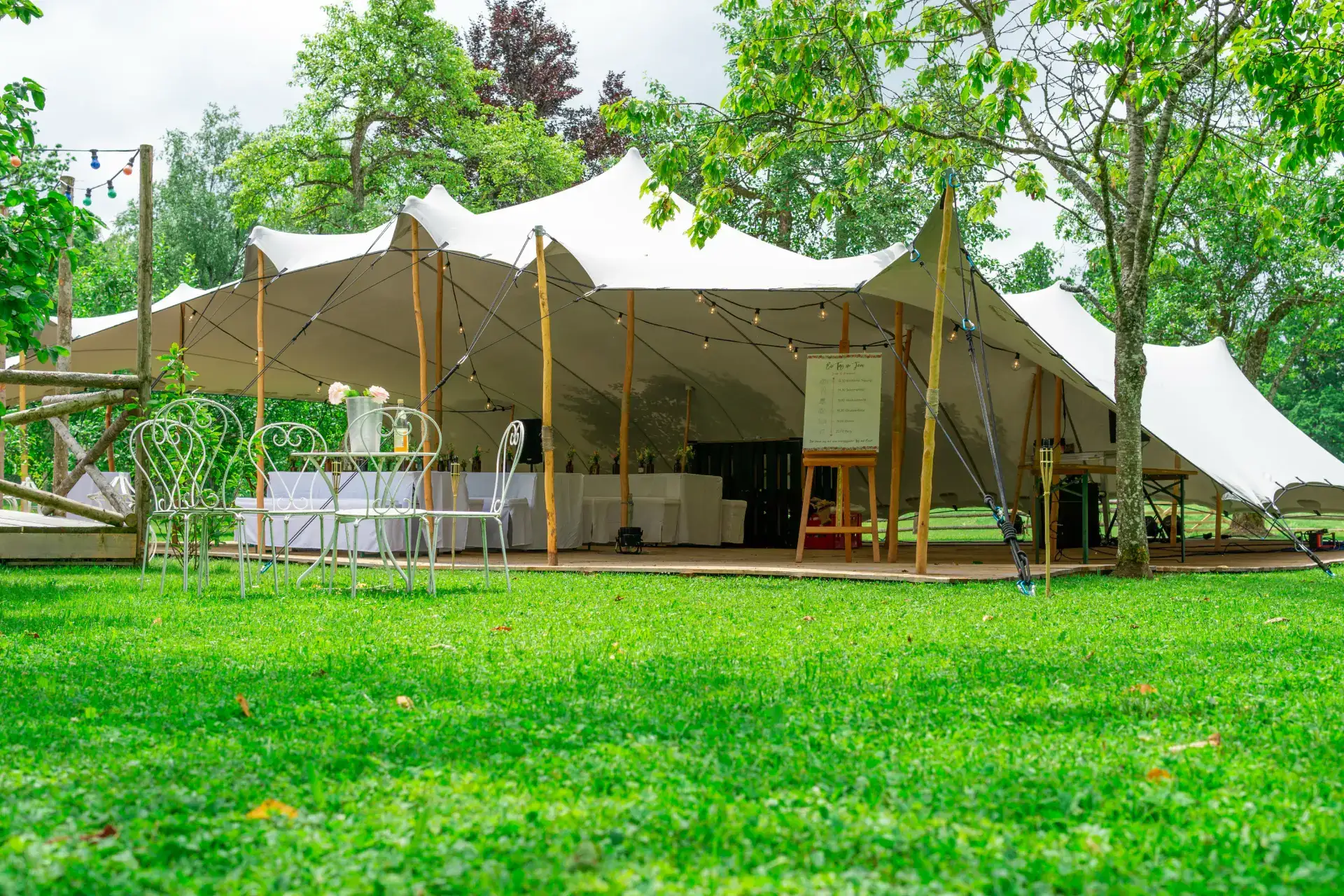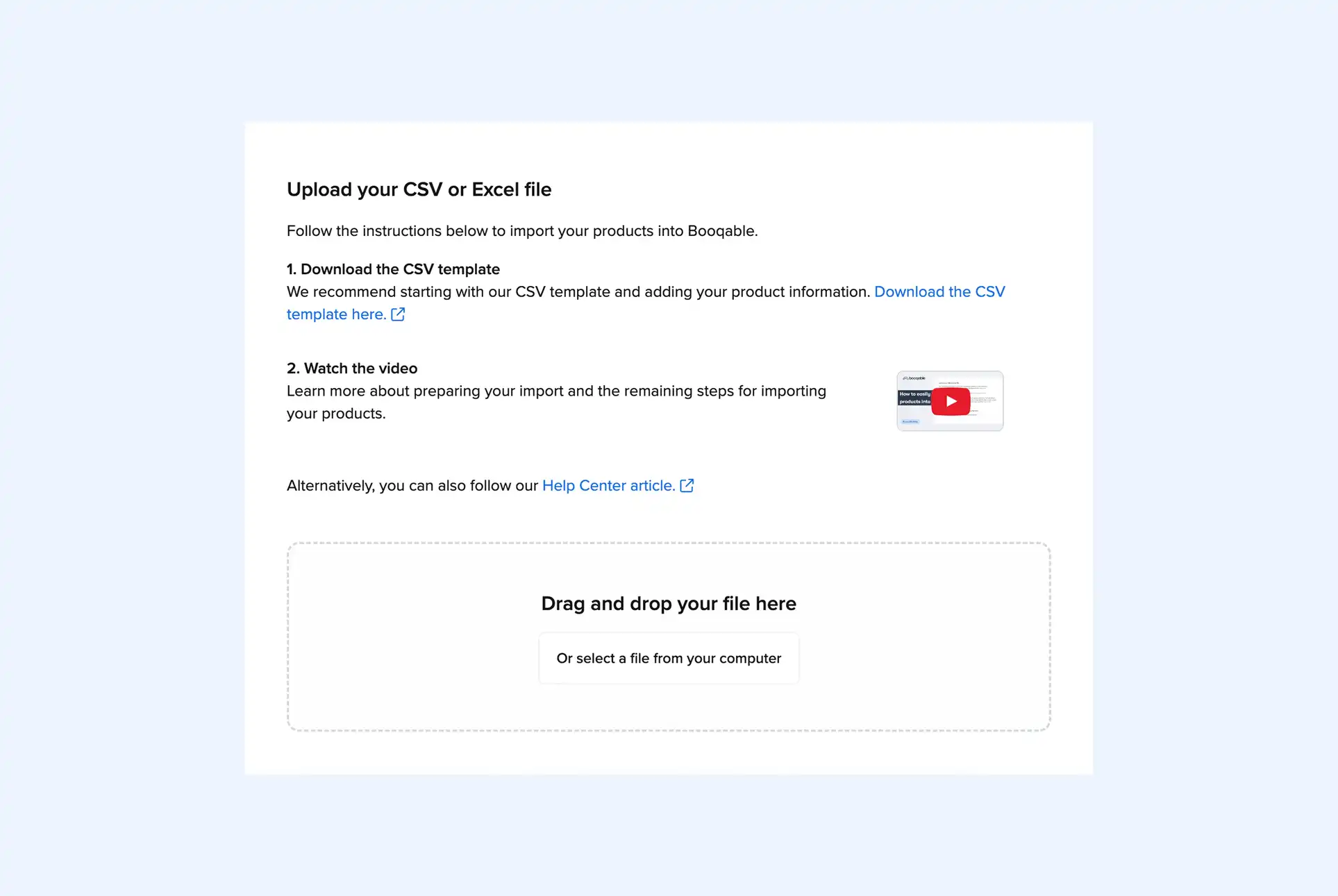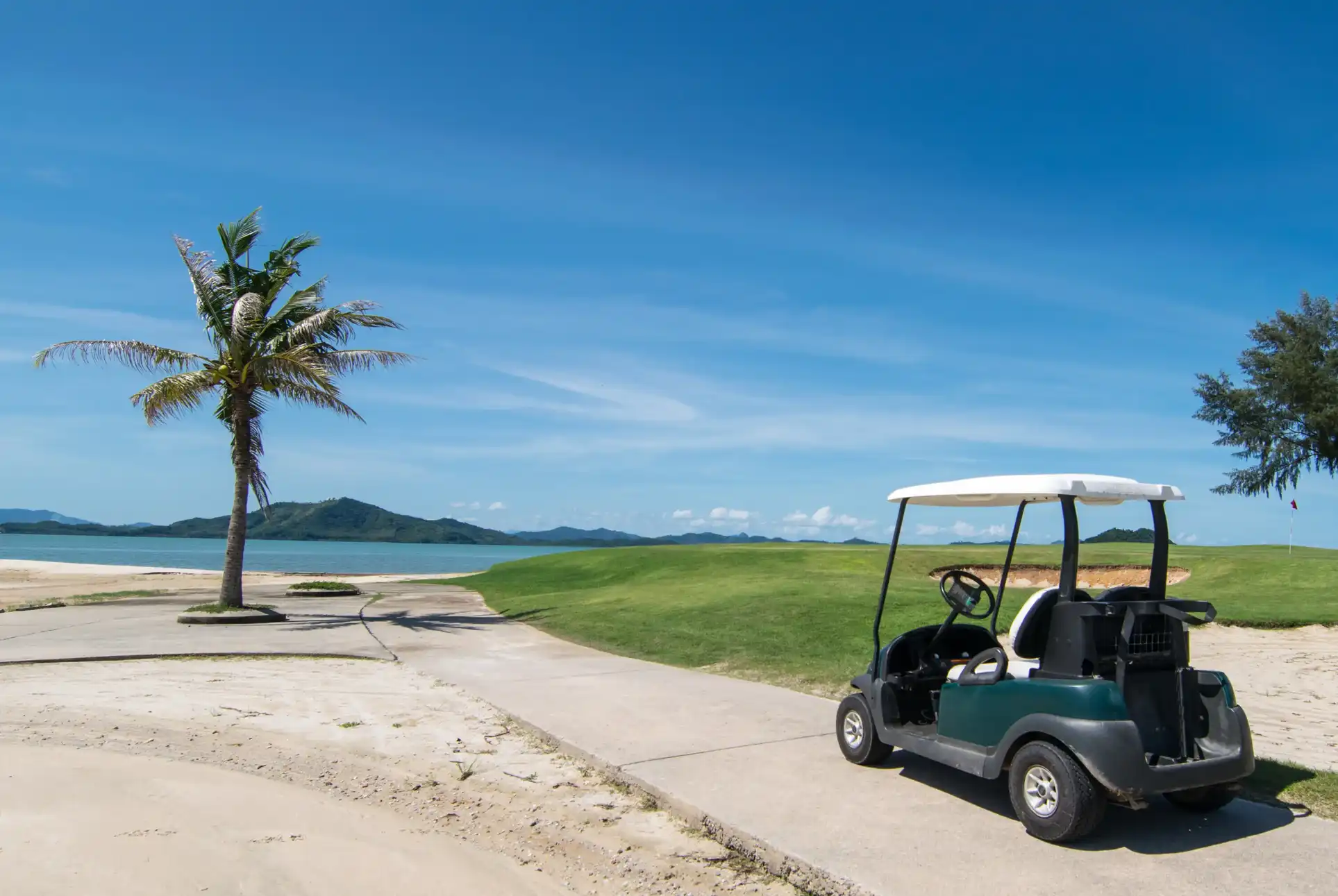In the dynamic and competitive world of equipment rentals, setting the right price is not just a matter of covering costs—it’s an art that can make or break your business. Whether you’re renting out party equipment, audiovisual gear, or specialized tools, your pricing strategy directly impacts your profitability, market position, and customer relationships.
What is the lifespan of rental equipment?
The longevity of rental equipment is the cornerstone of any effective pricing strategy. Different types of equipment have varying lifespans, and understanding these differences is crucial for accurate pricing and long-term planning. Let’s explore the lifespan of rental equipment:
Short-term (1-2 years):
Short-term rental items are characterized by their high demand and rapid technological changes. These include the latest model drones, VR headsets, and cutting-edge photography equipment. Pricing for these items involves higher daily or weekly rates to recoup the investment quickly and might include a “new technology” premium.
Medium-term (2-5 years):
Medium-term rental equipment balances durability with moderate usage. It typically includes party equipment, event decor, and mountain bikes. Pricing strategies for these items focus on balancing competitive rates and a steady return on investment.
Long-term (5-10+ years):
Long-term rental items are heavy-duty, industrial-grade equipment designed for extended use, such as construction machinery, professional-grade musical instruments, and specialized medical equipment. These items typically have lower daily rates but higher minimum rental periods.
Start your rental business for just $29/month
Put your toes in the water and test the demand in your area with a rental website for just $29/month.
Key factors that influence equipment rental pricing
While the initial purchase price is a significant factor, several other elements are crucial in determining optimal rental rates. Let’s explore each in detail.
Purchase price
The purchase price sets the baseline for your pricing strategy, representing the initial investment in the equipment. Key considerations include the potential for bulk purchasing discounts, which can significantly lower costs, and the value of solid relationships with suppliers, which might offer better deals and priority access to new products.
Resale value
The resale value affects the total cost of ownership. It influences rental rates by determining how much of the initial investment can be recouped at the end of the equipment’s rental life. Essential considerations include market demand for used equipment, which dictates its resale potential, and the rate of technological obsolescence, which can rapidly decrease value.
Rentable duration
Rentable duration is crucial as it determines the timeframe to recoup the investment and generate profit. Factors to consider include seasonal demand fluctuations, which can affect rental periods and pricing, and industry-specific rental patterns that help predict rental frequency and duration.
Maintenance and repair costs
Maintenance and repair costs are ongoing expenses that must be factored into rental rates to ensure profitability. Key considerations include the required maintenance frequency, the cost of replacement parts, and labor costs for repairs and upkeep. These factors determine the overall expense of keeping the equipment in good working condition and directly influence the pricing strategy to cover these costs.
The hidden costs of rental equipment
Maintenance needs vary widely among different types of equipment, and these costs can significantly impact your pricing strategy. Understanding and accurately forecasting these expenses is crucial for long-term profitability.
High-maintenance items
- Characteristics: Require frequent servicing, calibrations, and part replacements.
- Examples: Precision measuring tools, complex machinery with multiple moving parts, and sensitive electronic equipment.
- Pricing strategy: Higher rental rates to cover the frequent maintenance costs.
Low-maintenance items
- Characteristics: Mminimal upkeep, which allows for more competitive pricing due to lower ongoing costs.
- Examples: Essential hand tools, electronic devices, and durable outdoor equipment.
- Pricing strategy: More competitive pricing with the potential for bundling.
Start with building your rental website
Every new rental business starts with a website to get their first bookings.
Enhance the appeal of rental equipment
Strategic bundling of accessories and services can significantly boost the attractiveness of your rental offerings while providing opportunities for increased profitability. Here’s how to approach this:
Accessory inclusion
The strategy of accessory inclusion involves pairing main rental items with complementary accessories. Examples include providing batteries and memory cards with camera rentals, safety equipment with power tool rentals, and carrying cases with delicate equipment rentals.
Lifespan alignment
Lifespan alignment ensures bundled accessories have similar or longer lifespans than the main equipment. If necessary, this may involve replacing accessories more frequently and factoring these replacement costs into the bundle pricing.
Brand balancing
Brand balancing uses premium brands for main items while pairing them with reliable, cost-effective brands for accessories. For example, a high-end camera body might be paired with mid-range cables or tripods. This strategy maintains the quality perception of the main item and allows for competitive pricing on bundles.
Service bundles
Offering value-added services alongside equipment rentals differentiates offerings from competitors. Examples include providing basic training or setup assistance, extending operating hours for pickup/return, and offering priority technical support.
By thoughtfully implementing these strategies, you can create rental offerings that command better prices and provide superior value to your customers, fostering loyalty and repeat business.
Boosting perceived equipment rental value
In the competitive rental market, sometimes it’s the little things that can set your business apart. Incorporating low-cost items to boost perceived value can be a powerful strategy to enhance customer satisfaction and encourage repeat business. Here are some strategies you can you use to effectively add value to your equipment rentals:
Complimentary Extras
- Offer small, useful items free of charge with rentals.
- Examples: Protective gloves with power tool rentals, lens cleaning kits with camera rentals.
- Benefits: Enhances customer experience, demonstrates attention to detail.
Limited-Time Promotions
- Offer special add-ons during slower periods or for new inventory items.
- Example: Free GPS add-on with car rentals during off-peak seasons.
- Benefits: Attracts customers during slow periods, generates interest in new offerings.
Loyalty Rewards
- Provide premium add-ons to repeat customers.
- Example: Complimentary insurance coverage for loyal clients.
- Benefits: Encourages customer loyalty, differentiates from competitors.
Remember, these small add-ons aim to enhance the overall rental experience, making your service more attractive without significantly impacting your bottom line. When done right, this strategy can be a powerful tool for differentiation in a crowded market.
Most important takeaways
Continuous analysis: Regularly review your pricing structure against market trends, customer feedback, and internal data.
Flexibility: Be prepared to adjust prices based on seasonal demand, technological changes, or shifts in the competitive landscape.
Customer-centric approach: Always consider the value proposition from the customer's perspective. Competitive pricing is important, but so is the overall rental experience.
Data-driven decisions: Invest in robust systems for tracking equipment performance, maintenance costs, and rental patterns. Use this data to inform your pricing decisions.
Segmentation: Consider different pricing strategies for various customer segments or rental durations. What works for short-term rentals might not be optimal for long-term contracts.




